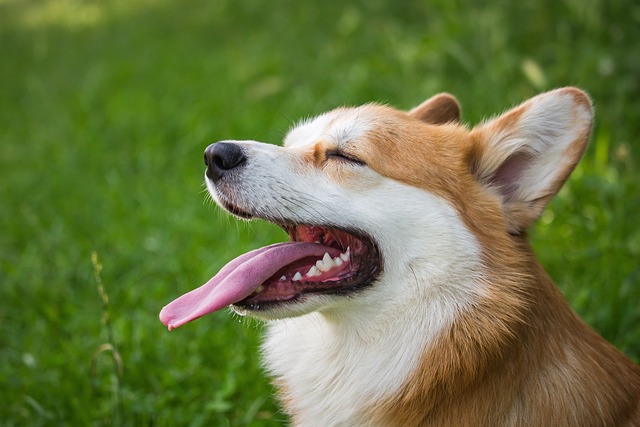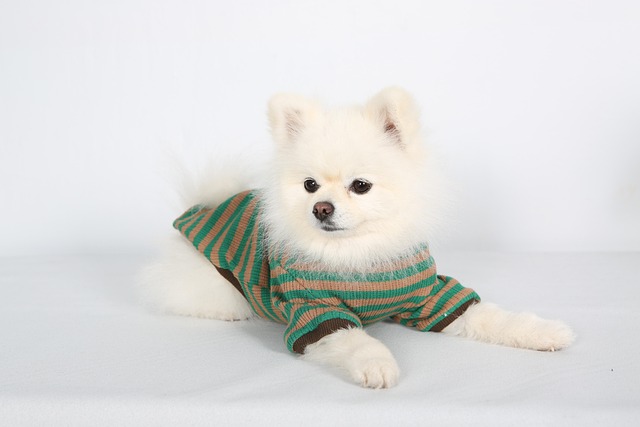
What vitamin is good for dogs' skin
Seeing your dog constantly scratch or noticing dry, flaky skin can make you wonder if a simple vitamin might be the solution.
When it comes to Poodles, grooming is not just a matter of aesthetics—it's absolutely essential for their health and happiness. Anyone who shares their home with a Poodle quickly realizes that these dogs are in a league of their own, especially when it comes to their distinctive, curly coats. Unlike many breeds, Poodles don’t shed in the usual way, which means their hair keeps growing and can become matted if not cared for properly. If you live in the US, where climate and lifestyle can vary widely, understanding the best grooming schedule for Poodles is crucial to keep them comfortable and looking their best. Regular trims, careful brushing, and a little know-how go a long way toward preventing skin issues, matting, and the discomfort that comes with neglected coats.
You might be wondering why Poodle hair trimming frequency is such a hot topic among groomers and veterinarians alike. The answer lies in a mix of factors unique to this breed. For starters, Poodles have a single-layer, curly or wavy coat that tends to trap dirt and debris. Without routine trimming and maintenance, tangles and mats can develop rapidly—sometimes in just a week or two—especially around the ears, armpits, and tail. In my experience, mats are not only unsightly but can also harbor moisture, leading to skin infections and irritation. Moreover, the density and texture of a Poodle’s coat can make home grooming a real challenge, which is why so many US owners opt for professional services.
But how often should you trim Poodle hair, really? The answer isn’t one-size-fits-all. Several key factors come into play, and it pays to consider your dog's specific needs. First, coat type matters—a lot. Toy and Miniature Poodles often have finer, softer curls, while Standard Poodles might sport denser, more robust hair. Age is another variable: puppies tend to have softer, fluffier coats that mat easily and may require more frequent attention. Lifestyle is huge too. If your Poodle is an active outdoor explorer—think hiking in California or jogging through Central Park—they’ll collect more dirt and debris, which means more frequent trims. Conversely, a lap-loving companion in an apartment might get by with less frequent haircuts. Climate can't be ignored either; humid or rainy areas in the US can exacerbate matting, while drier states might see less of this issue. And finally, health plays a role. Dogs with allergies or sensitive skin may benefit from shorter, more frequent trims to keep their coats clean and reduce irritants.
So what’s the best grooming schedule for Poodles? Most US veterinarians and professional groomers recommend a full trim every four to six weeks. This interval strikes a balance between coat health, pet comfort, and owner convenience. Some owners stretch to eight weeks between appointments, but in my professional opinion, that’s really pushing it—especially for active dogs or those prone to matting. For Poodles kept in show cuts or intricate styles, a three-to-four-week schedule is more realistic. If you prefer a shorter, low-maintenance “puppy cut,” you might get away with trimming every six weeks, but only if you’re diligent about at-home brushing. According to Dr. Karen Becker, a respected US veterinarian, regular trims combined with weekly (or even daily) brushing is the gold standard for Poodle coat care. She also points out that overgrown hair can hide health problems like ear infections or skin irritations, so keeping things tidy is about a lot more than looks.
Daily care between trims is just as important as the actual haircut. I always advise owners to invest in a quality slicker brush and a steel comb—these tools are game changers for working through tangles and keeping that coat fluffy. Brushing every day, or at least several times a week, helps prevent mats from forming and gives you a chance to check for burrs, ticks, or skin issues. If you notice your Poodle scratching more than usual, or if you find mats you can’t easily comb out, that’s your cue to move up your next grooming appointment. Another sign? An unpleasant odor or visible debris stuck in the fur—both are red flags that it’s time for a trim. While it can be tempting to let your dog’s hair grow long in winter for warmth, keep in mind that mats trap moisture and can actually make your pup colder and more uncomfortable. In the end, balancing your dog’s comfort with your own schedule is key. If you can’t keep up with brushing, opt for a shorter cut and more frequent trims—it’s better for everyone, trust me.
To sum up, the ideal Poodle hair trimming frequency depends on a blend of factors: coat type, age, lifestyle, and even where you live in the US. Most Poodles thrive with haircuts every four to six weeks, with daily or frequent brushing in between. If you’re ever in doubt, consult your veterinarian or a professional groomer familiar with the breed—they’ll be able to tailor advice to your specific situation. And don’t forget, there’s a wealth of resources available, from local pet salons to online forums where fellow Poodle owners share tips and support. Grooming isn’t just a chore—it’s an opportunity to bond with your pet and keep them healthy for years to come. If you’re looking to connect with reputable groomers or want more detailed coat care tips, check out local veterinary clinics, the American Kennel Club’s grooming guidelines, and online communities like PoodleForum. Happy grooming!

Seeing your dog constantly scratch or noticing dry, flaky skin can make you wonder if a simple vitamin might be the solution.

If you’re a new dog parent in the US—maybe you’re sitting on your Portland apartment couch, staring at your 1-year-old Australian Shepherd

If you’re a new dog parent in the US—maybe you’re sitting on your Atlanta apartment floor, holding your 6-week-old Beagle puppy, Daisy, who’s curled up in your lap

If you’re a new dog parent in the US—maybe you’re standing in your Denver apartment’s kitchen, staring at a bag of high-quality puppy kibble and a bottle

Seeing your puppy grow daily is amazing, and it’s natural to want to give them every advantage, including supplements.

Brown stains on white dog fur aren’t just unsightly—they can also hint at underlying issues like tear duct irritation or poor grooming habits, which matter even more when you’re following local pet care laws.